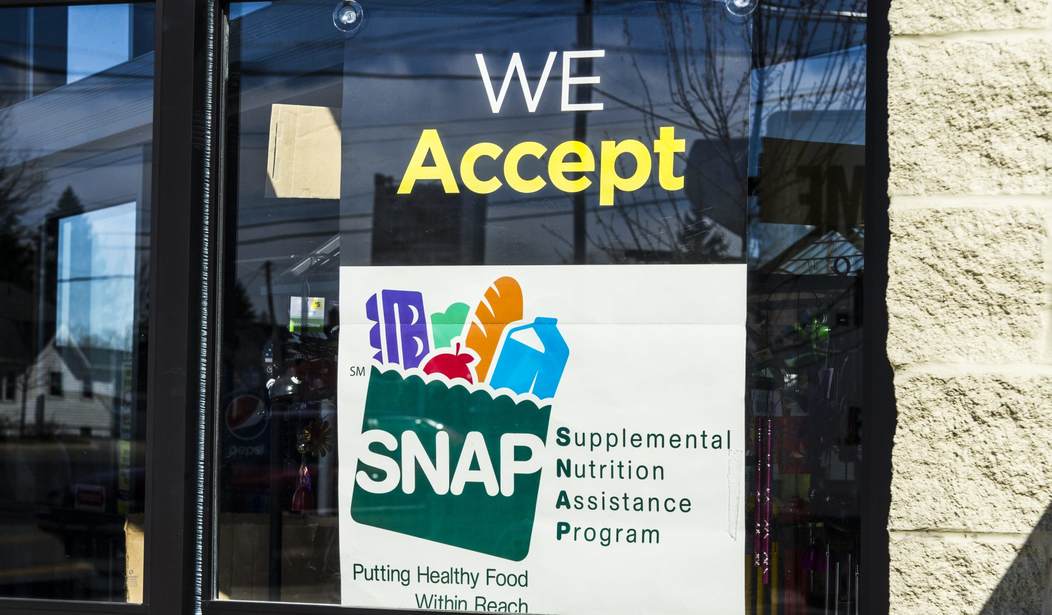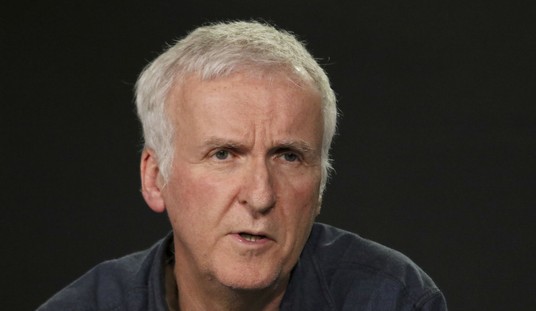Republicans may have a problem taking a bite out of the food stamp program.
The matter comes down to two things. First, the states with the highest portion of food stamp recipients overwhelmingly voted for the GOP in the last election. Second, any cuts to the program will no doubt be portrayed by Democrats as “hating everyone.”
While it may be possible to streamline the program, those in Congress will need to navigate a complicated political minefield.
The distribution of food stamp recipients isn’t spread evenly across the country. Seven of the 10 states with the highest participation in what is formally known as the Supplemental Nutrition Assistance Program (SNAP) voted for Donald Trump in the 2016 presidential election, according to recent research.
In descending order of SNAP use, they were New Mexico, Louisiana, West Virginia, Mississippi, Oregon, Alabama, Georgia, Tennessee, Rhode Island, and Florida, according to an analysis conducted by Seattle-based analytics firm LiveStories. In those states, the percentage of the population receiving this benefit in 2016 ranged from a low in Florida of 15.7 percent to a high of 22.8 percent in New Mexico, according to the LiveStories analysis. Those figures are far above the national average, which LiveStories pegs at a little over “13 percent of the overall population.”
Why are the figures so high? “That’s not something we were able to answer,” says Adnan Mahmud, CEO and founder of LiveStories. “We thought that the numbers being so high was interesting in itself.”
And those high figures will no doubt be fascinating to elected Republicans in both the House of Representatives and the Senate. After all, few politicians want to financially hurt their support base of voters.
The figures for food stamp use are high, especially when you consider that to qualify for SNAP you have to be quite hard up. Individuals can earn no more than $15,684 and still receive the benefit. (Those with families can make more.) And there are restrictions on the value of assets that people can own as well. Plus, when it comes down to it, the amount of money each person receives is small, averaging $125.40 a month in 2016, according to government data. The total bill for the benefits for 2016 was $66.5 billion for the entire country, which by U.S. government standards is small.
In other words, participants have to jump through quite a few hoops to get a relatively meager dollar sum.
Political Reality
Will that stop the deficit hawks taking a knife to the program? Probably not. Political reality gets in the way.
“When people run for office on the grounds of being a fiscal hawk, and they get elected, then they continue to follow that policy goal,” says Thaddeus McCotter, former house representative for Michigan and former chair of the Republican policy committee.
In other words, successful politicians do what works when it comes to getting elected, or else they don’t stay in office for long.
Representatives aren’t elected by state but by electoral district. Just as SNAP recipients aren’t distributed evenly around the country, they typically aren’t evenly distributed around each state either. It is possible for a Republican from a state with high SNAP use to represent a district with low SNAP use.
Cut the Waste
The other part of the matter is that cutting costs for the program doesn’t necessarily mean cutting benefit levels.
“We are entering into the age of the electronic transfers,” says McCotter, who adds that there are ways to use technology to reduce the bureaucratic overhead.
“The public welcomes beneficial reform, which is eminently possible,” he says.
The trick will be for the elected officials in the federal government to focus on streamlining bureaucracy rather than just looking at costs with a green eyeshade. Certainly, financial technology and automated payments can reduce government labor costs.
When a workable plan is conceived, then the next matter is to communicate the message to the public. For Republicans such as McCotter, that means reminding people of the party’s commitment to a robust social safety net.
“The Republicans are still the party of Lincoln: there to help people who can’t help themselves or those who are temporarily in that situation,” he says. At the same time, like many in his party, he doesn’t want people to become dependent on the government. “There’s a dignity of self-reliance,” he says.
In other words, he doesn’t want folks trapped in a cycle of government handouts. Rather, he wants to see individuals who can do so take care of themselves, while at the same time keeping the government programs to support those who can’t.
But that’s a message that can easily get distorted at election time.
“At least from a Republican perspective, you will get accused of hating everyone,” says McCotter. “That seems to be the fallback position of the left.”
In other words, selling any cutbacks won’t be easy.









Join the conversation as a VIP Member